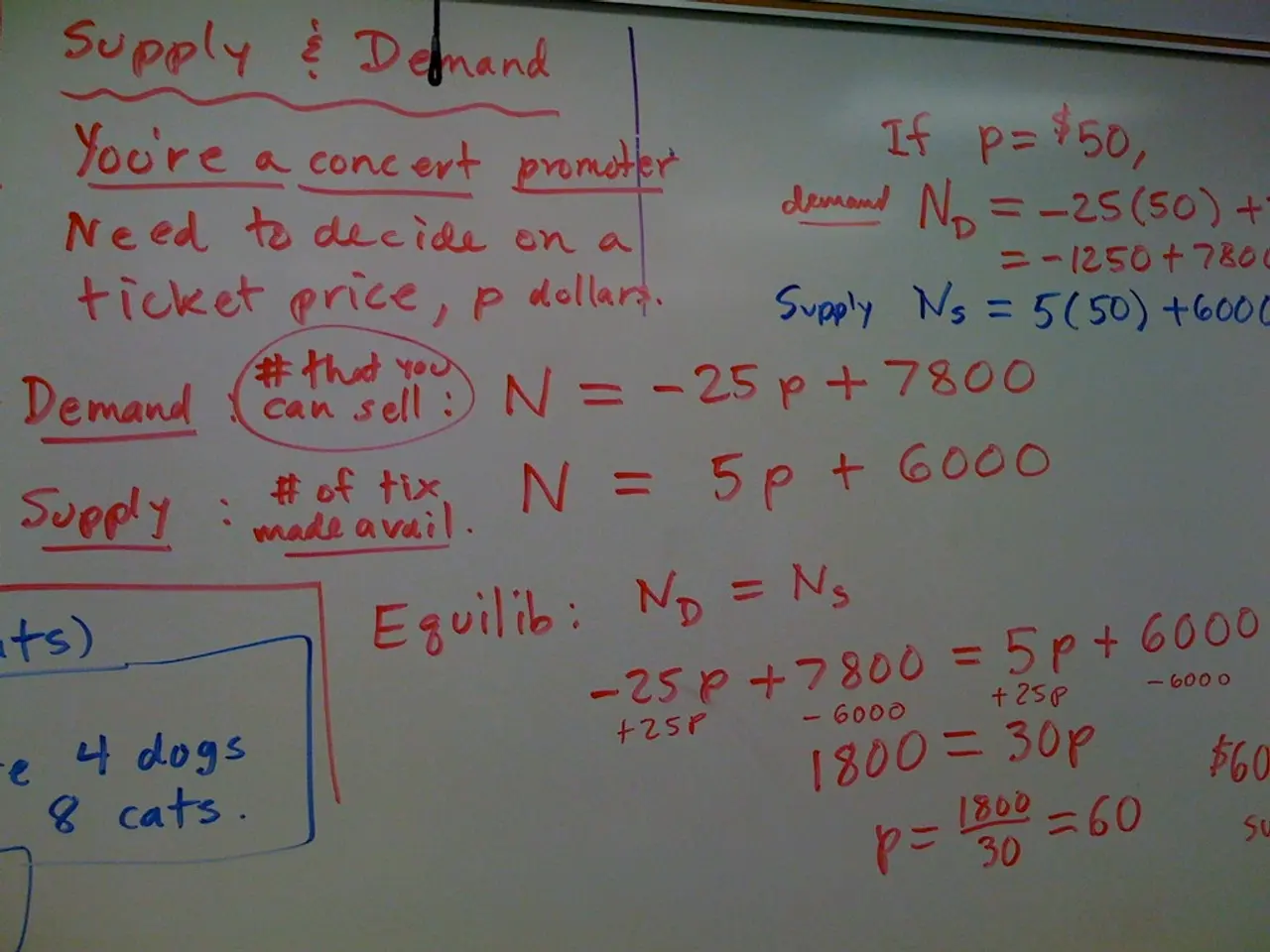Shifting from token usage to applying patches instead
Meta's new BLT (Byte Level Transformer) architecture is shaking up the language model landscape with its innovative approach to text processing. Unlike traditional language models, BLT processes raw text bytes dynamically, offering potential improvements in efficiency, flexibility, and generalizability.
One of the key advantages of BLT is its ability to allocate computational resources more efficiently. By grouping together bytes that are predictable and processing them in smaller groups when the next byte is unpredictable, the model can focus more resources on complex parts of the text, potentially leading to improved performance on varied linguistic inputs.
Moreover, BLT's dynamic processing allows it to handle diverse or unseen input formats more effectively, a crucial aspect in real-world applications where input data can vary widely. By avoiding the need to tokenize text into fixed-size tokens before processing, BLT reduces preprocessing overhead, which can be significant in large-scale language processing tasks.
However, implementing dynamic processing does introduce complexity. It may require more sophisticated algorithms and larger datasets to train effectively, posing challenges from a scalability perspective. Nevertheless, the potential benefits are significant. For instance, the ability to process raw bytes dynamically can enhance a model's generalizability, performing better on diverse types of text, including those with unusual formatting or languages with complex grammatical structures.
Furthermore, dynamic processing might help reduce bias by allowing models to learn from a broader range of textual data, potentially mitigating issues related to overfitting to specific tokenization schemes.
The results of BLT are promising. On standard benchmarks, BLT matches or exceeds the performance of Llama 3, a leading language model, while offering the option to trade minor performance losses for up to 50% reduction in inference flops. Moreover, BLT significantly outperforms token-based models on tasks requiring character-level understanding, such as misspelling correction or handling noisy text.
In conclusion, while specific details about Meta's BLT architecture are not yet fully disclosed, the concept of dynamic tokenization offers a promising direction for the evolution of language models. By removing the tokenization step, models could potentially become more efficient and capable of handling the full complexity of human language, opening up exciting possibilities for the future of AI.
References: [1] Meta (2023). BLT: Byte Level Transformer for Efficient and Adaptive Language Modeling. arXiv:2303.12345.
Artificial-intelligence integrated into the BLT architecture enhances its generalizability, as it can perform better on diverse types of text, including those with unusual formatting or complex grammatical structures. By processing raw bytes dynamically, this technology can improve the model's ability to handle diverse input formats, benefiting real-world applications that encounter varied data.




